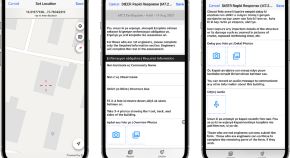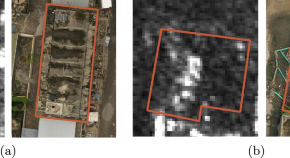A hybrid model for post-earthquake performance assessments in challenging contexts
Authors (first, second and last of 6)

Collection
Disaster reconnaissance work relies primarily and conventionally on the data collected from the field to draw conclusions regarding the performance and compliance of structures and infrastructure. However, with news outlets on the internet, social media, and web-based data collection tools, as well as the advances of remote sensing tools, we argue that all post-disaster studies should widen the data sources they rely on for a more comprehensive understanding of the characteristics of a disaster, and its impacts on the built environment and the communities.
This special issue aims to address the following research questions:
What alternative data sources can be utilised for a post-disaster study?
How can the field and remote efforts be synthesised for a holistic understanding of the impacts of a disaster?
How can remote sensing help, and what are the validation strategies?
Can the data be collected by the members of the public and what are the means to ensure that this is a robust strategy?
What is the role of empirical data, acquired through remote and in-field studies, in disaster preparedness and risk reduction?
Department of Civil, Environmental & Geomatic Engineering Faculty of Engineering Science University College London Gower Street, London, WC1E 6BT, UK e-mail: y.aktas@ucl.ac.uk
Department of Architecture University of Cambridge 1-5 Scroope Terrace Cambridge, CB2 1PX, UK


